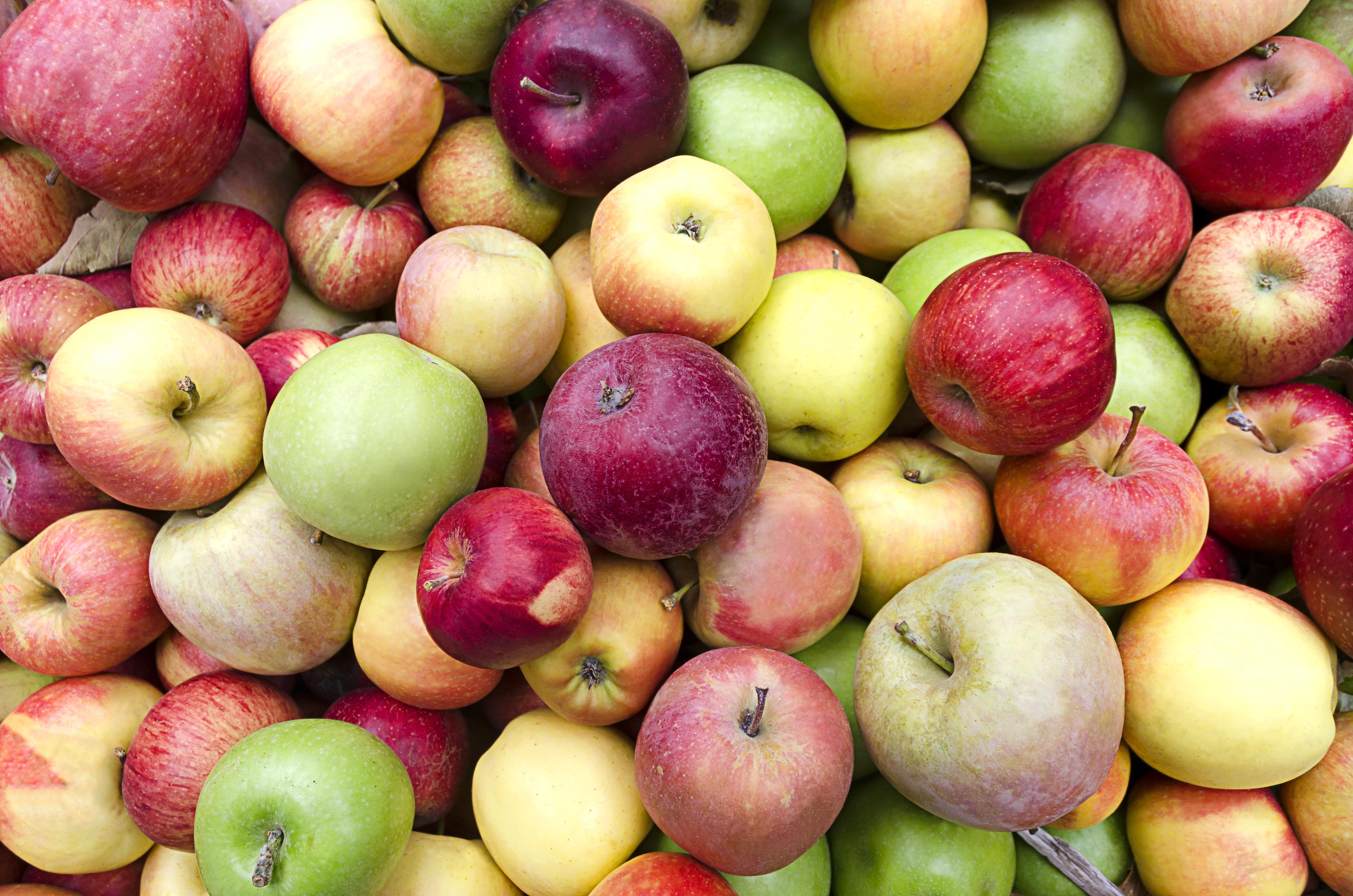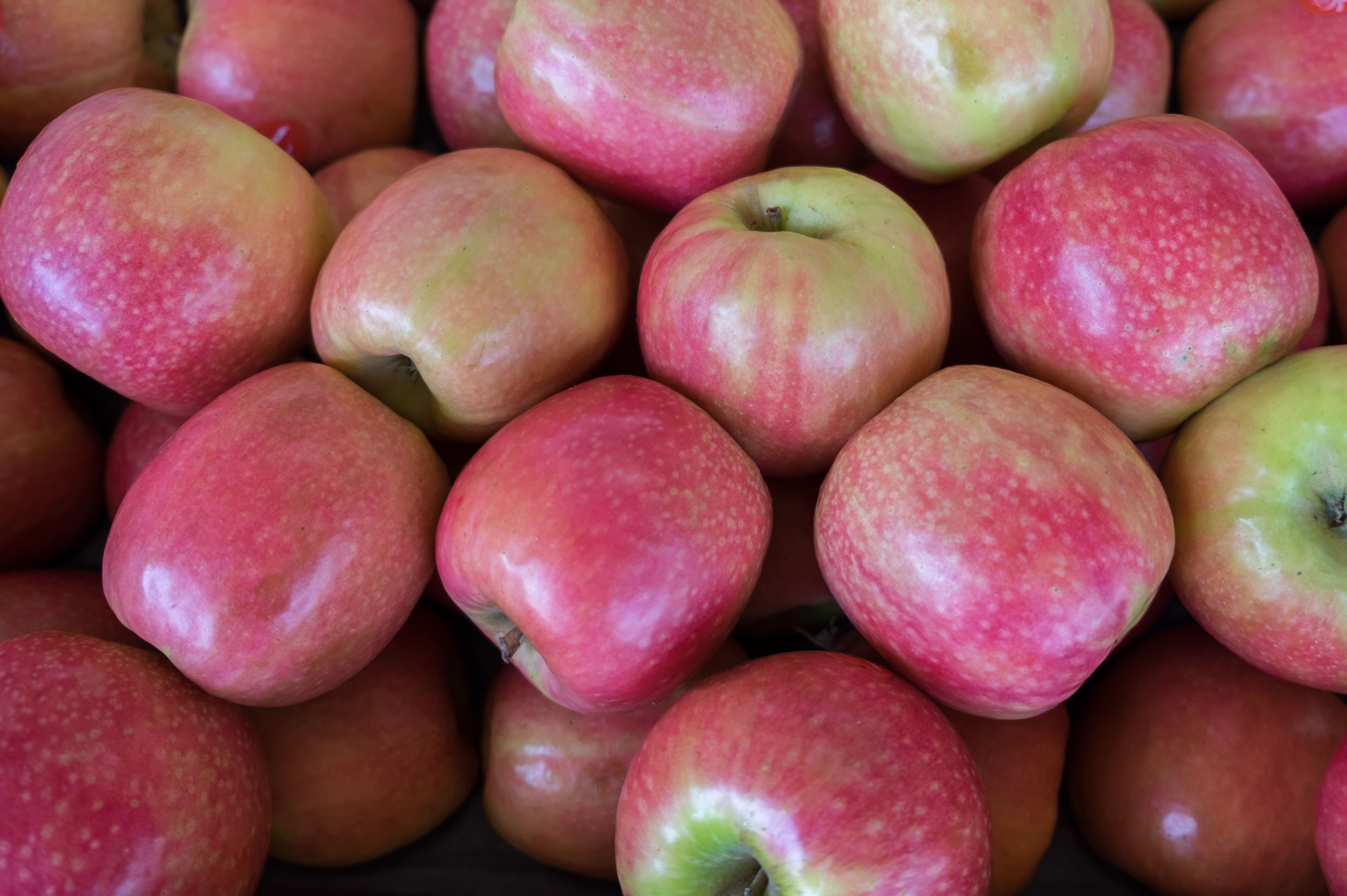Promising Seasonal Outlook for Apples in the Southern Hemisphere
Currently, it is the harvest season for apples in the Southern Hemisphere, which started in January and is about to enter its peak season in March. South African apple production is expected to increase following good weather and production conditions and the expansion of orchards. The country is also expected to launch exports of its new variety the Flash Gala for the first time.
Chilean harvest is also optimal this season and Australia is expected to expand on their Pink Lady exports. Export volumes for both Chile and Australia are expected to increase as more Chinese consumers are opting to purchase foreign products as opposed to local fruits due to COVID-19.
High Yield and Demand for South African Apples
South Africa remains one of the top producers of apples and production for the 2019/2020 season is expected to increase following optimal winter rains. Additionally, production is expected to rise as new orchards that were established a few years ago have now reached full production capacity. Additionally, the Western Cape province, which produces the majority of apples, has been endowed with good water supplies this season due to the rains. Exports are also estimated to rise by 6% from the previous season at 446.8 million kg.

February is the month for the harvest of the varieties Panorama Golden, a mutated variety of Golden Delicious and Royal Gala, followed by the Top Red variety and Pink Lady and Fuji in March. The Royal Gala are high in demand and the second-major apple variety in South Africa next to Golden Delicious.Top Red and Red Delicious are expected to have higher yields this season while Royal Gala from the northeastern region continues to see strong demand from Middle Eastern countries, Bangladesh and Malaysia.
Shipments of Flash Gala, a newer apple variety that is considered to be more efficient for harvest, is to be shipped for the first time to Asia in February 2020 after over a million trees of the variety were planted. Its efficiency in harvest comes from the fruits coloring uniformly, which enables farmers to harvest them in one attempt, whereas other varieties require multiple pickings to get the right color for each product. It is considered to be the most successful new variety in terms of order volumes since the launch of the South African Plant Improvement Organization. Thus the launch of its exports is expected to have a serious impact on the export market this season.
Additionally, reports show that South Africa has increased its market share in Africa in apple exports by 11% over the past 5 years. The Free Trade Agreement with SACU (Southern Africa Customs Union) has facilitated this growth, as there are no import tariffs and duties imposed on imports from South Africa. This is expected to increase South African exports to other African countries.
Low Humidity Brings Optimal Chilean Harvest
In Chile, the apple harvest for the 2019/2020 season is expecting optimal results. This is due to low humidity during the last few months before harvest, which allows the production of good-quality fruits. It also aids in balancing out the number of apples that are grown per tree which allows the fruits to be optimally sized.

Additionally, Chilean apples have a competitive edge due to the usage of controlled atmosphere chambers, which is an agricultural storage method where large quantities of fruits and vegetables are stored with low temperature and humidity as well as regulated levels of oxygen, carbon dioxide, and nitrogen.
This allows the fruits to remain high-quality for a longer period and enables Chile to have greater availability ranging from January to November. The country also supplies over 40 varieties of apples, of which their Royal Gala and Granny Smith are available almost all-year-round.
Chilean apples are an inexpensive, reliable source for buyers in Ireland due to its closer proximity than South African and Australasian suppliers and its exports went up by 33% in 2018. Although in smaller quantities, Chile is also one of the few countries in the Southern Hemisphere that ships apples to the United States, mostly consisting of the Honeycrisp variety, the most in-demand apple in the US which makes sales very lucrative.
Pink Lady: Australia’s Golden Child
Australia is one of the biggest producers of the Pink Lady variety, and the fruit continues to be high in demand this season due to its health benefits and sweet-yet-tart taste. While Pink Ladies are mainly produced in Victoria starting April, the supply is available all-year-round as they can be held in cold storage for over six months.

While the variety is currently sold predominantly in the domestic market, Australia seems to be gearing up to further expand its markets. Apple and Pear Australia Limited (APAL), a non-profit organization for Australian apple and pear growers, has even trademarked the variety in over 100 countries so that importers can only purchase through exporters licensed by the organization.
Chilean and Australian Demand Expected to Rise Due to Novel Coronavirus
Due to the novel coronavirus outbreak, an increasing number of Chinese customers are staying away from local wholesalers or wet markets and turning to suppliers in Australasia and Latin America where apples are currently in season, despite a 24% increase in domestic yield. There has also been a significant increase in online sales for fresh produce as consumers are looking to have groceries delivered to their doorsteps.
As a result, Australasia’s biggest organic apple company has airfreighted its largest-ever shipment of apples to China. Countries such as Australia, Chile, New Zealand, and Peru, which have signed free trade agreements with China and are taxed with less or no import tariffs, are the most likely to benefit from the increase in demand.
Sources
- FreshFruitPortal. "South African Flash Gala shipments to reach Far East."
- PortalFruitcola. Translated from Spanish. "China apple production would increase 24% for 2019/20 campaign."
- Fruitnet. "New season, new apples."
- Hortgro. "AN OPTIMISTIC OUTLOOK FOR POME FRUIT GROWERS."
- APAL. "About Us."
- Homes to Love. "Apples are in season summer 'til winter (Jan to June)."
- Minneapolis Business Journal. "Minnesota company taps Chile to feed year-round hunger for Honeycrisp apples."
- Iol. "Slight increase in level of Cape Town's main supply dam."
- The Irish Times. "Why are Irish supermarkets selling apples from Chile, South Africa and New Zealand?"





